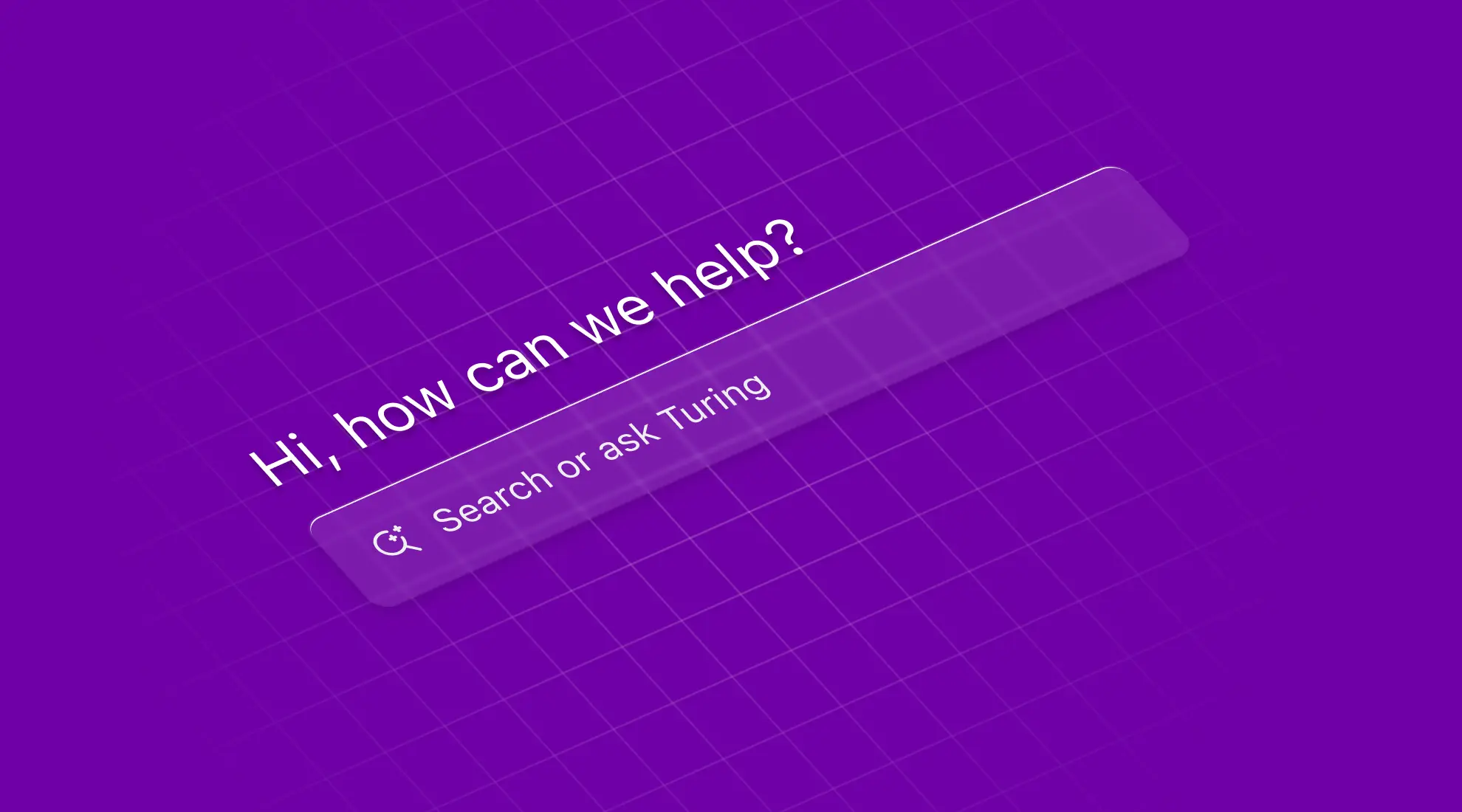Today’s workforce is more global than ever with organizations increasingly embracing distributed teams as a competitive advantage. This approach, however, is not without its drawbacks. Distributed teams struggle with information silos and the dissemination of tribal knowledge. The good news? Technology is increasingly emerging as an antidote, allowing employees greater flexibility in their work without sacrificing productivity.
By leveraging the right tools and platforms, organizations can set themselves up for success by creating effective and streamlined processes, fostering communication, and enhancing collaboration among team members—irrespective of geography, timezone, or even language. This blog is an interview with Meghna Punhani, Global Operations at DevRev to explore how technology can shape organizational effectiveness in distributed teams.
Aditi: In your opinion, what truly drives organizational effectiveness? Are there any critical elements that create that magic sauce?
Meghna: Organizational effectiveness, at its core, is driven by the interplay between people, processes, and technology. This triad functions as the foundational pillars for an organization. Companies that master these stand out in their ability to deliver exceptional value to their customers
People are the heartbeat of any organization. Their skills, creativity, and dedication are the engine that drives innovation, shapes culture and propels forward progress. When the right group of individuals, all with the right mindset, come together, it creates magic. However, the potential of an organization's people can be magnified when teams are supported by effective processes and advanced technology.
This issue becomes even more stark as organizations expand, as growth brings complexity and increased communication overhead. Left unchecked, it can widen gaps amongst team members. Without the right support structures, processes that streamline work, and technology that connects people no matter where they are - the people-magic starts to fade.
Processes are the structured pathways that ensure consistency, quality, and efficiency in the delivery of products or services. Processes define the "how" of getting things done and need to be flexible enough to adapt to changes in the business environment, customer demands, and organizational life cycle. An overemphasis on complex and rigid processes can stifle creativity, and create overhead. Technology plays a crucial role here and the recent advancement, particularly with the emergence of Generative AI, offers the potential to automate routine tasks such as generating product requirement documents, release notes, blogs, and newsletters using natural language.
Technology acts as a powerful enabler that not only amplifies the capabilities of people and the efficacy of processes but also acts as glue that binds the organization's efforts. This is where having the right set of tools is a game changer, breaking down barriers by transforming how teams collaborate across the globe, enhancing productivity by automating and streamlining workflows, and improving decision making by unifying data across many systems.
Aditi: Communication and Collaboration are key to any company's success. Communication tools (instant message, Slack, etc.) have been around for decades. What do you think is the future of collaboration tools? Does every SaaS app need to become a collaboration tool to some extent?
Meghna: When I look at the world around me, I am struck by how quickly and profoundly our communication patterns have evolved. My family members, friends, co-workers are all on social media, consuming large swathes of bite-sized content tailored to their most niche interests. When I start making dinner for my family, I search for recipes and expect the results to be highly personalized with quick explainer videos in lieu of lengthy tutorials. I expect information to be on demand, contextual, and personalized.
These same parallels exist at work. The world is getting more fast paced, our desire to be hyper-productive is increasing, and our patience and attention span is shrinking. Information sharing, which is the heart of collaboration, needs to be real-time and provide relevant information tailored to individual needs and preferences. We need formats that are quick and to the point – think micro-videos and concise guides over lengthy tutorials – that take our context and preferences in mind. Such tools should dynamically adapt to the user's needs and present a curated view of the information based on engagement levels, urgency, and individual and team work habits. They will also need to intelligently sift through data, synthesizing and highlighting key insights without overwhelming users. The best tools will offer in-app collaboration so that users are not having to context switch, which further eats up their limited attention span and time on hand.
Aditi: In today's rapidly evolving digital landscape, what role will AI play in shaping organizations?
Meghna: Despite rapid technological evolution, the core of any great organization remains its people. Technology enhances their capabilities by providing the right tools and processes, enabling them to excel. As we experience unprecedented technological growth, there is a unique opportunity to fundamentally rethink and redesign the way we work together.
Generative AI is revolutionizing how companies do business, allowing organizations to automate processes more quickly and focus on strategic activities. The most effective tools aggregate, analyze, and summarize information to prompt appropriate actions, helping employees concentrate on building human connections. These tools also facilitate knowledge sharing across teams, effectively dismantling organizational silos. In this new era, it's essential to develop AI-native tools rather than relying on outdated, one-size-fits-all solutions that were designed decades ago and treat AI as a bolt on. This shift toward modern architectures is why I joined DevRev, a platform that innovates in breaking down departmental barriers and leverages AI to empower people and organizations to excel.
Aditi: You spent nearly two decades at Google and saw it grow from a few thousand employees to 150,000+ people. How does communication and collaboration work at a company of that size?
Meghna: I had the privilege of working at one of the most innovative companies during its formative years, observing its expansion from 3,000 to 160,000 employees. As the company scaled, the dynamics shifted significantly. With teams spread across the globe, maintaining a cohesive organizational pulse became increasingly challenging. However, employees demonstrated remarkable self-sufficiency and initiative in addressing these challenges. One notable invention was an employee-created tool called Memegen, which allowed us to express internal sentiments through GIFs or memes. It provided a vivid sense of employee engagement as well as a quick and effective way to gauge reactions to major announcements, offering real-time insights into their efficacy. What struck me as phenomenal was how such grassroots initiatives significantly contributed to unifying a large, globally dispersed company.
Aditi: Love this anecdote as it perfectly illustrates the integration of people, processes, and technology at hyper-scale. It not only enhanced communication across a vast employee base but also fostered a sense of community and belonging.
As we conclude this conversation, Meghna’s insights emphasize the vital role of technology in boosting organizational effectiveness and enhancing collaboration within globally distributed teams. For organizations to remain competitive and cohesive in today's digital era, investing in modern architectural solutions that not only streamline operations but also enable people to break down silos and foster deeper human connections is absolutely imperative.





